Air Tightness Testing
Apply today for a government-funded airtightness test under the ECO4 scheme. If your property qualifies, we’ll carry out a professional air pressure test completely free of charge.
Find out if you qualify for a 100% FREE Airtightness Test under the ECO4 Scheme


















Air Leakage Testing
What Is Air Tightness Testing?
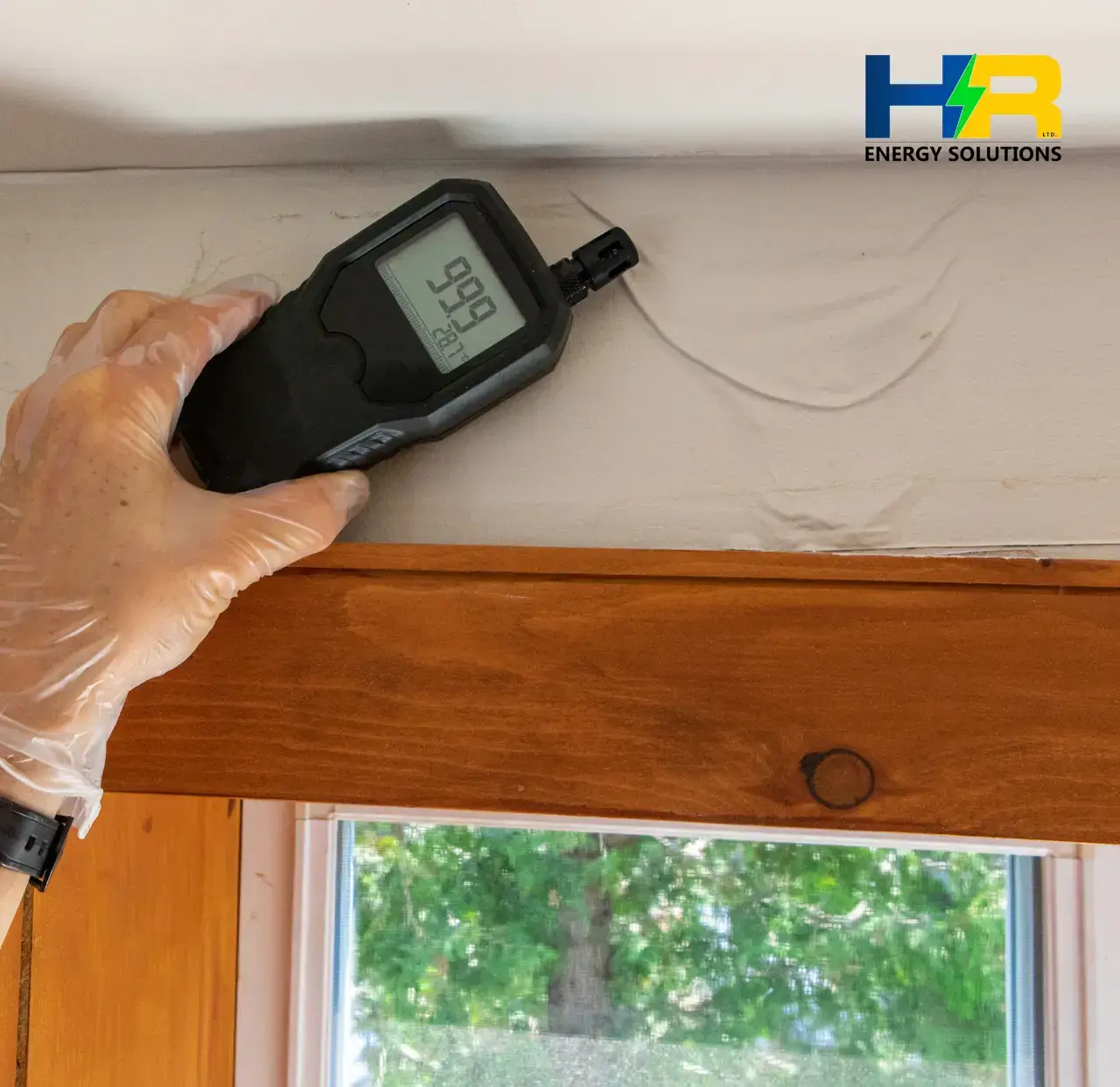
Air Tightness Testing, also known as Air Pressure Testing or Air Permeability Testing, is a diagnostic method used to measure how much air is leaking out of a building through unintended gaps, cracks, and openings.
This test helps identify where warm air escapes and cold air enters, impacting comfort, energy use, and heating costs. It’s a crucial step in assessing a building’s thermal performance and preparing for energy efficiency improvements.
If your property feels draughty, struggles to retain heat, or has condensation or ventilation issues, air tightness testing can help you pinpoint the cause and find effective solutions.
- Measures how airtight your property is using industry-standard methods
- Helps reduce heat loss, draughts, and energy bills

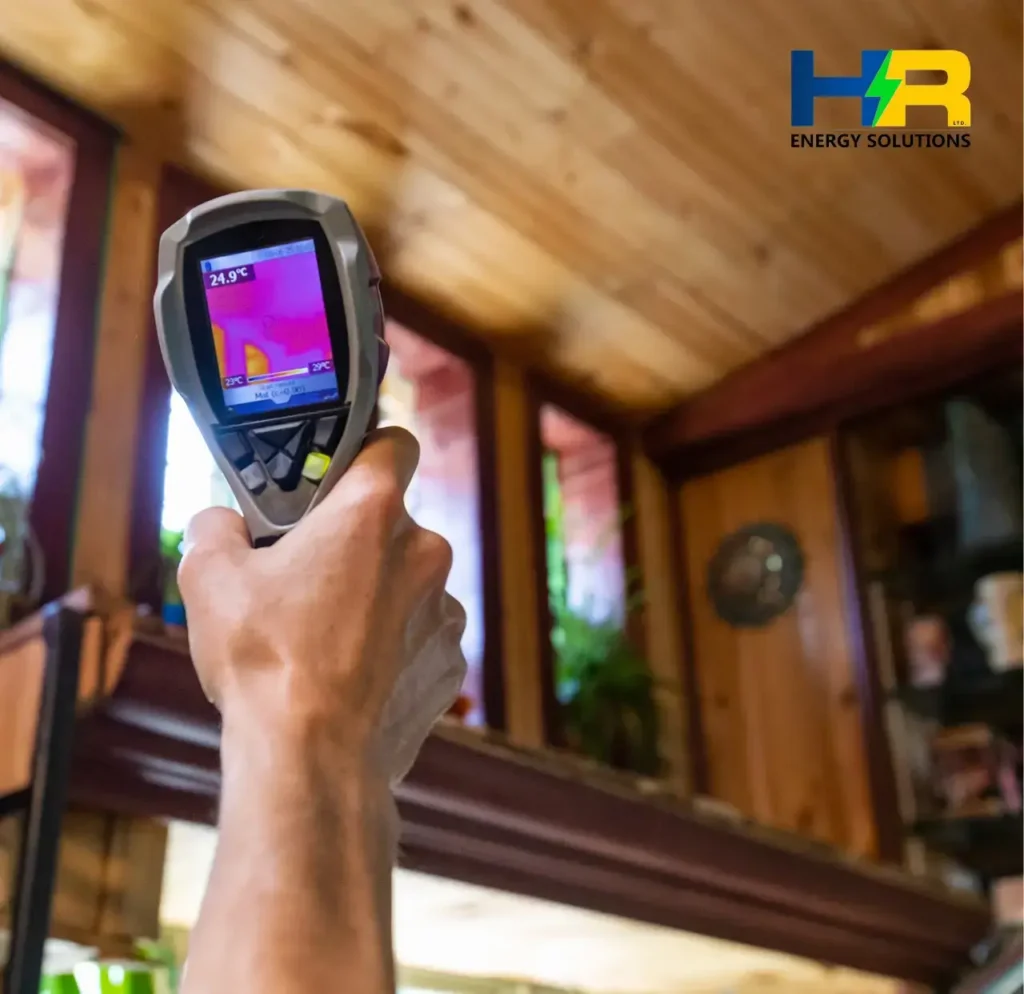
Why Is Air Tightness Testing Important?
Air leaks can seriously affect your home’s comfort and energy efficiency. Air Tightness Testing helps detect hidden gaps where heat escapes, allowing you to improve performance before installing insulation or heating upgrades.
- Reduce Energy Bills:
By sealing air leaks, your heating system won’t need to work as hard — meaning lower fuel costs.
- Improve Comfort & Eliminate Draughts
Testing helps fix cold spots, uneven temperatures, and unwanted airflow around windows or doors.
- Support Insulation & Retrofit Plans
An airtight property makes insulation and ventilation upgrades more effective and PAS 2035 compliant.
Check Your Home’s Air Tightness – Book a Test Now!
Get a professional air tightness test to find out where your home is losing heat. Improve comfort, reduce energy bills, and make your home more efficient.
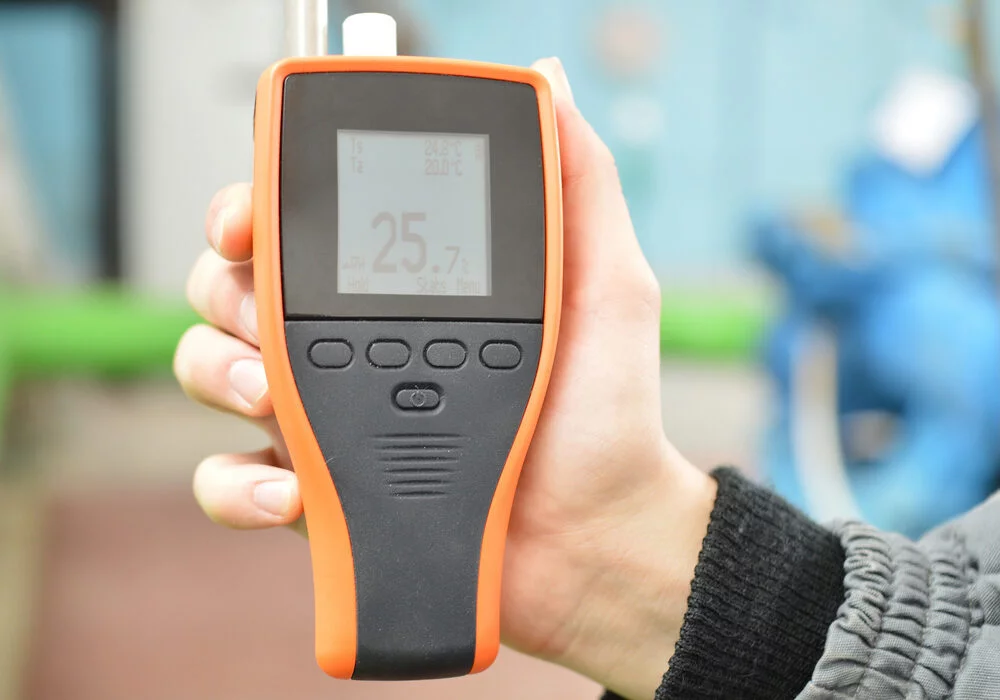
How Does Air Tightness Testing Work?
Whether you’re testing for energy loss, preparing for retrofit, or improving comfort, our process is simple, fast, and reliable — using industry-approved methods to detect unwanted air leakage in your property.
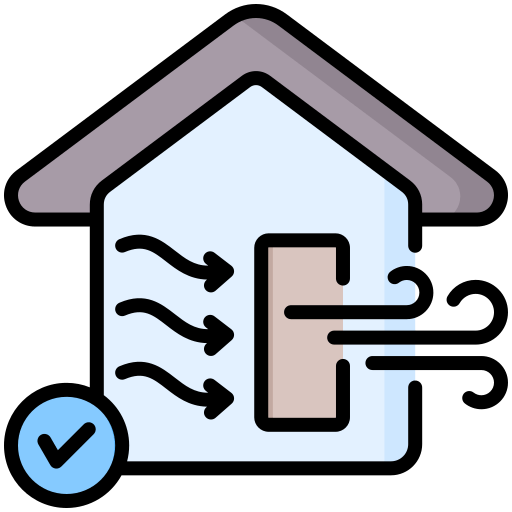
Blower Door Testing
A calibrated fan is fitted into an external door and creates pressure to measure air leakage. This method is highly accurate and ideal for identifying draughts and preparing for retrofit works.

Pulse Testing
A quick, non-invasive test using a controlled burst of air at low pressure. Ideal for occupied homes, it gives fast results under normal living conditions without disruption.
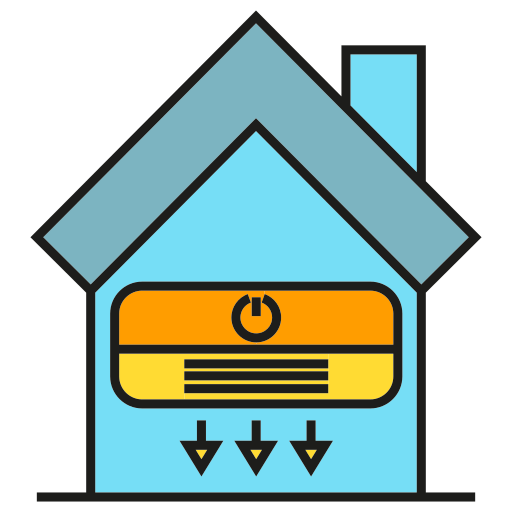
What You Receive
You get a formal air permeability report, clear test results, and expert guidance on how to reduce air leakage and improve your home’s energy efficiency.
Key Features Included in Free Heating Pump Grant
- Suitable for both retrofit and new build assessments
- Options for Blower Door or Pulse Testing
- Quick and non-disruptive test process
- Accurate results with guidance on next steps
- Helps reduce heat loss and improve indoor comfort
- Supports insulation, ventilation and heating upgrades
What is Background Ventilation Testing (BVT)?
Background Ventilation Testing (BVT) is a method used to assess whether a property has sufficient natural airflow for maintaining good indoor air quality. It’s typically carried out room by room to measure airflow rates through features like trickle vents, air bricks, and passive vents.
This test becomes especially important when improving airtightness in a property (such as during insulation or draught-proofing), to ensure that moisture, CO₂, and stale air can still escape effectively — helping prevent condensation, mould, and poor indoor air quality.
In retrofit projects, especially under PAS 2035, BVT is used to:
- Avoid over-specifying mechanical ventilation systems
- Confirm that background ventilation is adequate in existing rooms
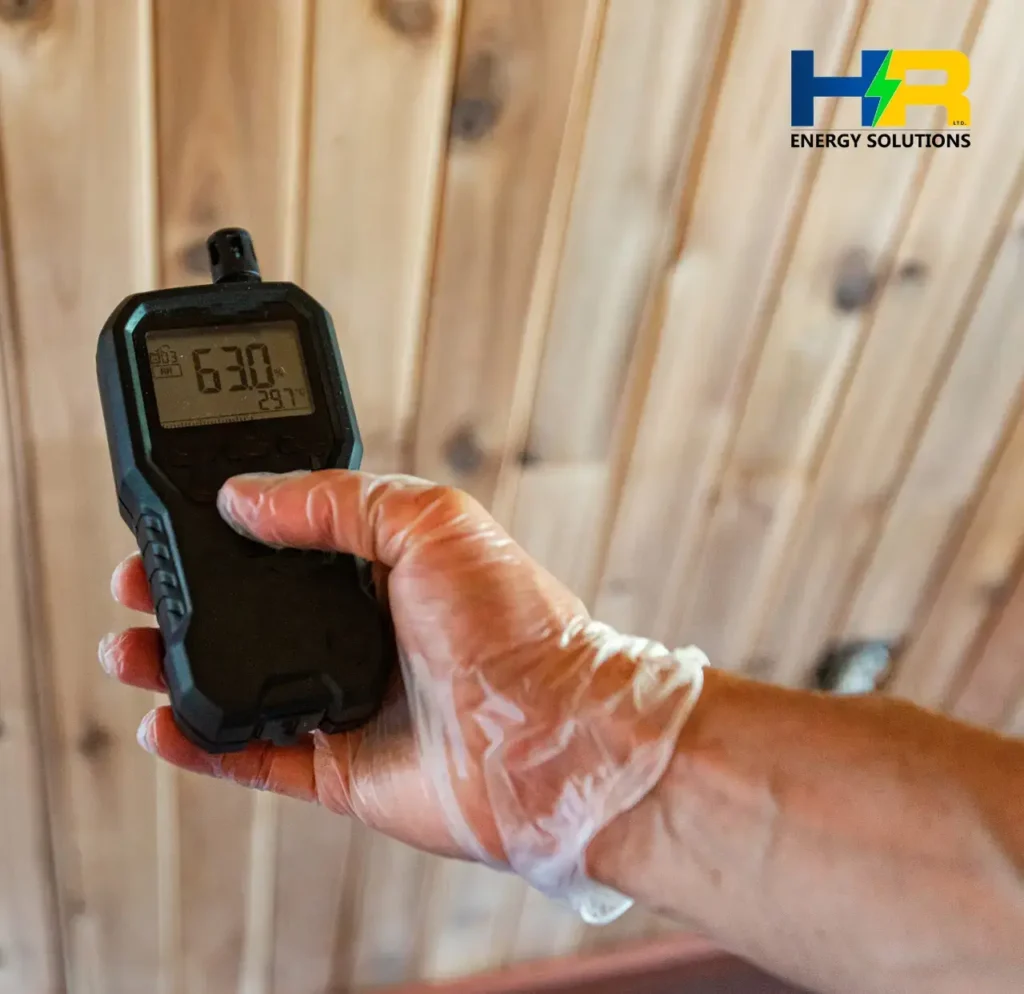
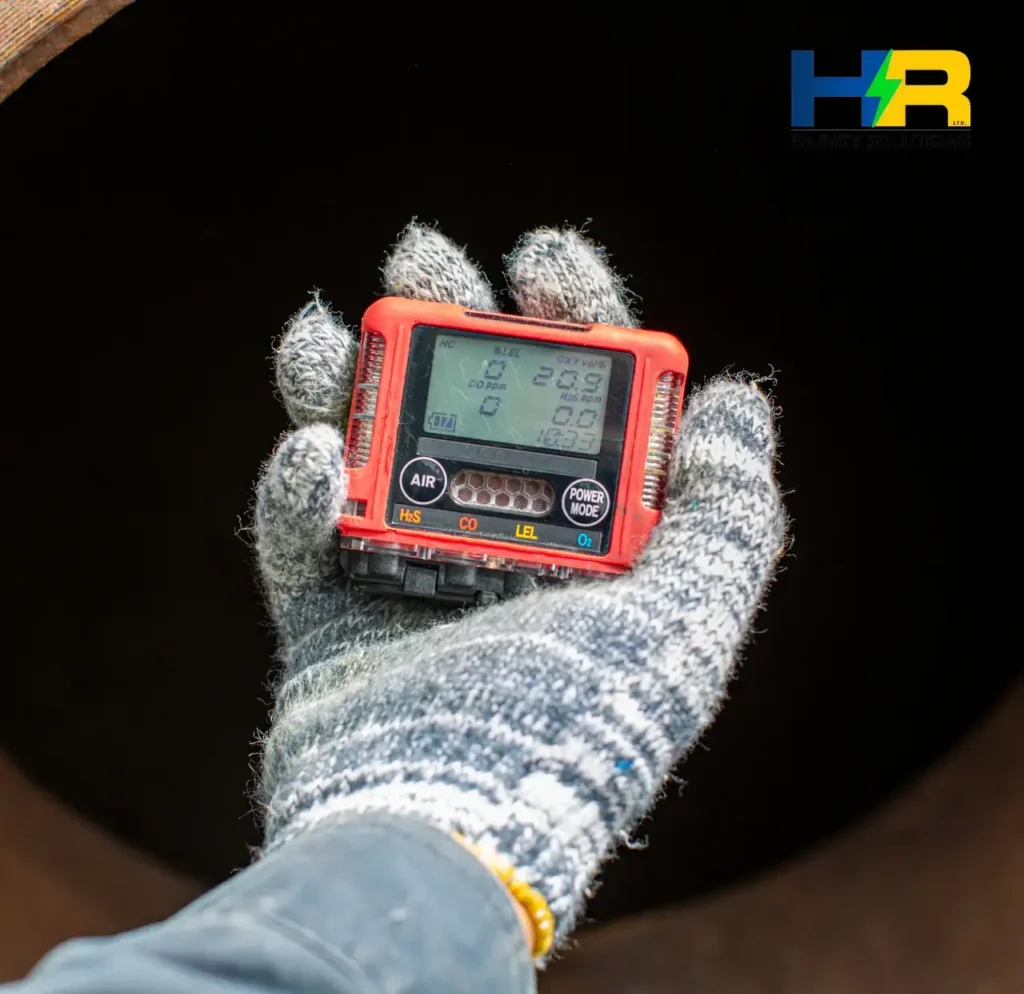
When Should You Get a Test Done?
Knowing when to carry out an air tightness test helps you get accurate results and make informed energy-saving decisions. It’s best done before, during, or after energy upgrades — depending on your goals.
A well-timed test, paired with Background Ventilation Testing (BVT), ensures that insulation, ventilation, and heating systems work efficiently and meet compliance standards.
Whether you’re renovating, retrofitting, or completing a new build, these tests help verify quality and long-term performance.
- Before installing insulation, ventilation, or new heating systems
- During retrofit works to check ongoing performance
- After renovations or new builds for Part L compliance
Get Started with HnR Energy Solutions
Take the first step towards an energy-efficient home today. Check your eligibility for the ECO4 Scheme and start saving on your energy bills with no upfront costs.

Why Choose
HnR Energy Solutions
We’re not just about providing eco-friendly energy solutions. Here’s why customers trust us:

20+ Years of Experience
We bring over two decades of expertise in energy-efficient home solutions.

No Cost At All - 100% FREE
Eligible households can access ECO4 grants with no initial cost.

Installation Within 7 Days
From free surveys to expert installations, we manage everything.

Government Funding
We help you access ECO4 grants, boiler grants, insulation grants and more.

Trusted Across the UK
Our proven track record with homeowners across the UK speaks itself.
FREE Air Tightness Testing ECO4 Scheme

Frequently Asked Questions
Find quick answers to your most common questions here.
Air tightness testing measures how much air escapes through gaps and cracks in a building. It helps assess how energy-efficient and well-sealed a home is.
Most tests take between 30 minutes and 1.5 hours, depending on the size and complexity of the property.
The grant covers everything — a gas boiler (or heat pump), radiators, pipework, TRVs, smart thermostat, insulation upgrades (if needed), and professional installation.
No. Both testing methods are completely non-invasive and safe. We’ll simply ask you to close windows and doors during the test.
If your home is losing too much heat due to air leakage, several measures can help improve airtightness:
- Sealing gaps around windows, doors, and floorboards
- Using draught-proofing strips and airtight membranes
- Upgrading or sealing loft hatches, pipe penetrations, and service voids
- Ensuring proper installation of insulation and vapour barriers
- Carrying out an air tightness test before and after works to verify improvements
These upgrades are most effective when combined with a professional assessment and appropriate ventilation strategy.
You’ll receive a formal air permeability report (with m³/h.m² @50Pa result), plus professional advice on any next steps — such as sealing or insulation improvements.
In general, a result below 5 m³/h.m² at 50Pa is considered good. Lower numbers mean less air leakage and better efficiency.
Yes, air testing is required under Part L of Building Regulations for most new builds. It’s also essential for PAS 2035-compliant retrofit projects.
Background Ventilation Testing (BVT) checks whether your property has sufficient natural airflow through features like trickle vents and extractor fans.
It is especially important in retrofit projects where airtightness is improved, as it ensures that indoor air quality and moisture control remain balanced. BVT is often performed room-by-room and is required under PAS 2035 to determine if additional ventilation is necessary — or if existing systems are already adequate.
Blower Door Testing uses a powerful fan to pressurise the property, while Pulse Testing uses a short burst of low-pressure air. Blower Door gives more detailed diagnostics, and Pulse is quicker and less disruptive.



